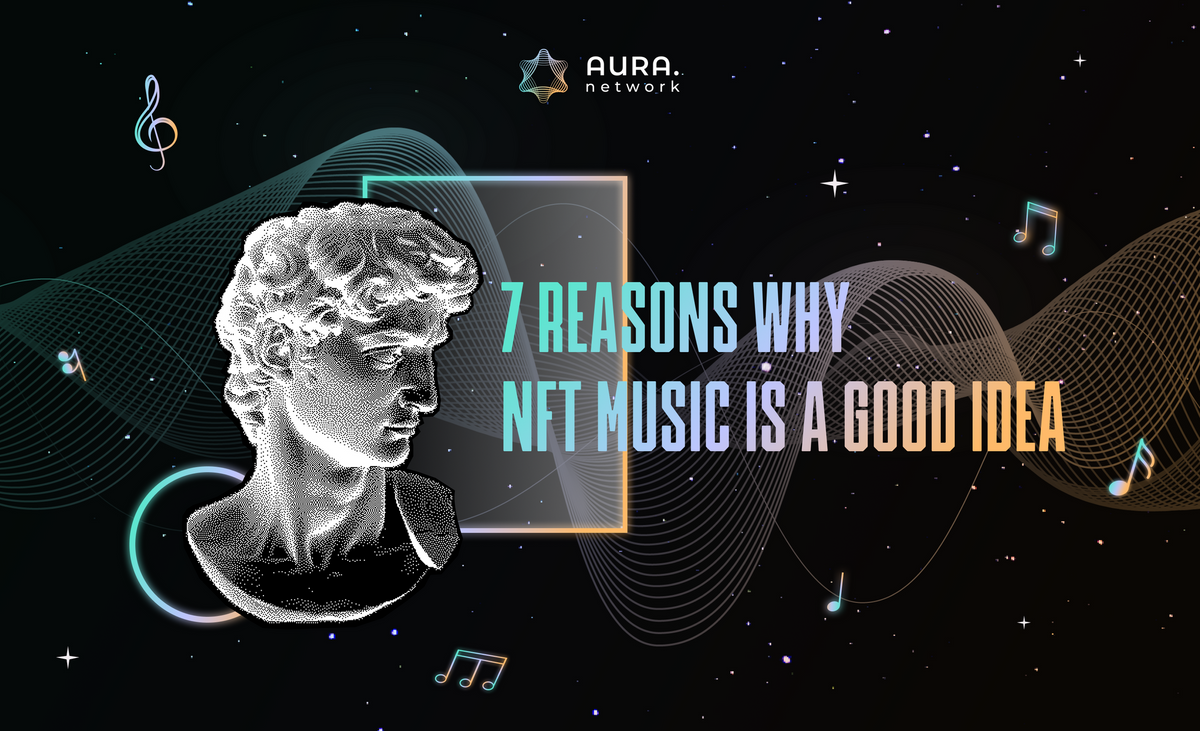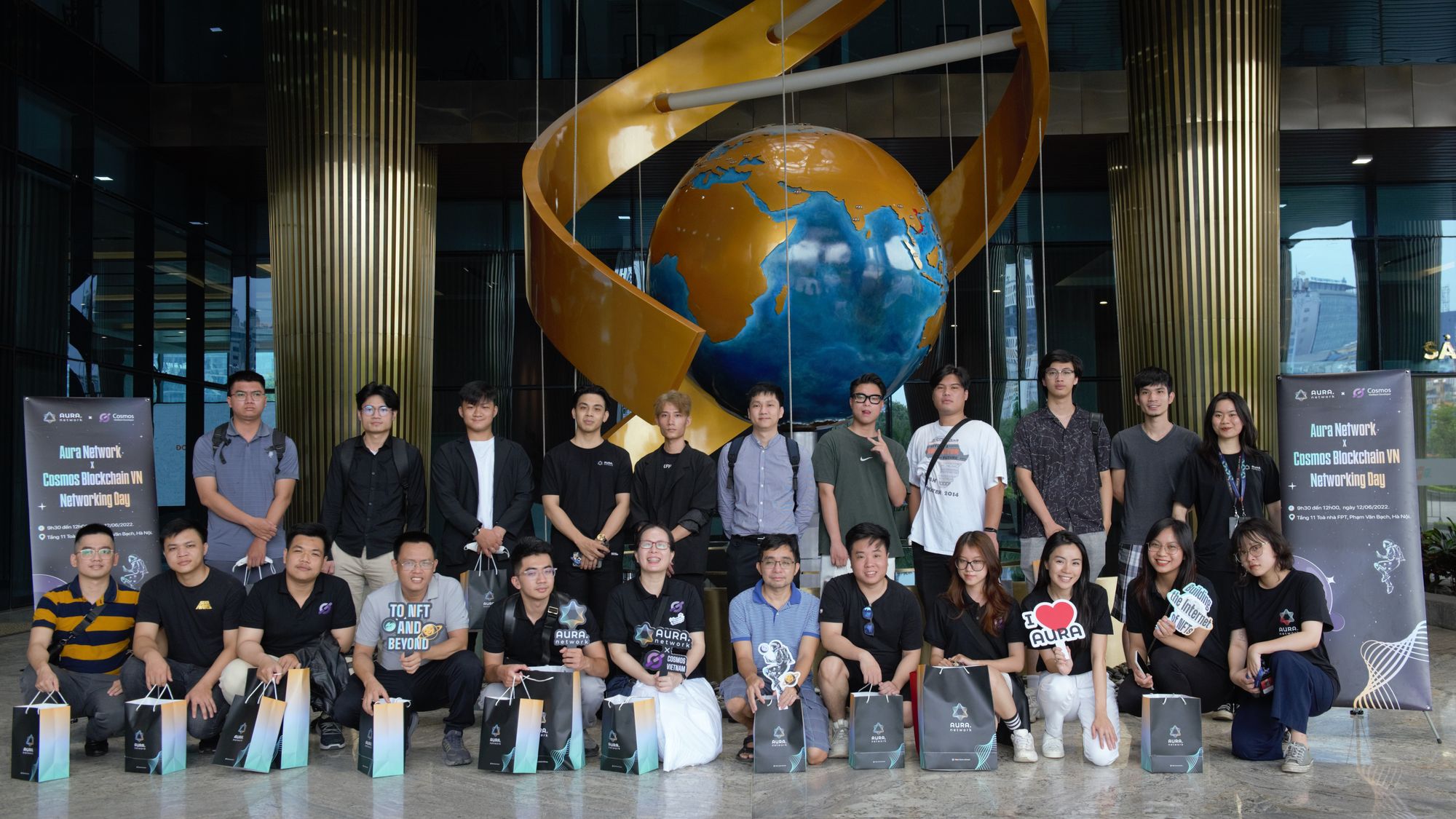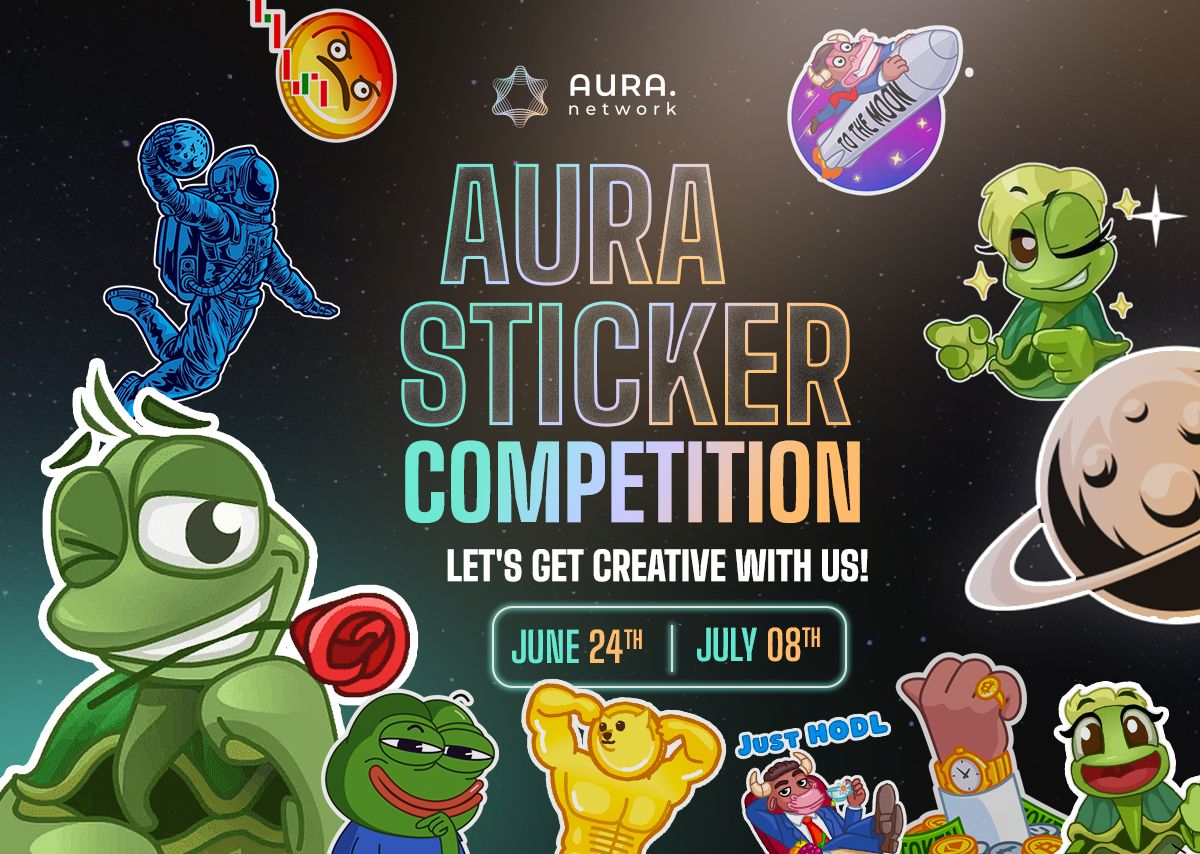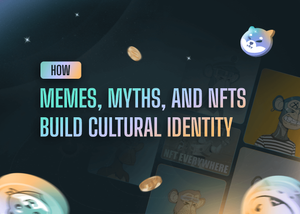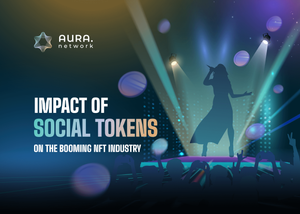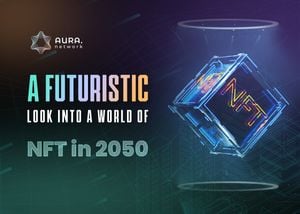Starting with a sale of Beeple’s record-breaking auction worth $69 million, NFT for static images (also called JPEGs) has attracted millions of dollars of investment for the past two years. Meanwhile, NFT for music only accounts for a small chunk of the market. To put it into perspective, the sum of top ten collections of NFT for music on OpenSea sees a transaction volume amounting to approx 20000 ETH. Meanwhile, CryptoPunk alone nets a volume of 900000 ETH.
JPEG takes over the early stage of the NFT market because (1) it is the lightest among other forms of digital assets, and (2) it isn’t as burdened by copyright law and industry gatekeepers. There is nothing fundamental about JPEGs that makes it superior over music. In fact, the music industry is jumping at the opportunity. Major labels like Universal Music Group are experimenting with NFT-centric virtual bands with Bored Apes. Meanwhile, artists like Grimes and 3LAU have sold NFTs for $1M+.
Singers do not do it for the sake of following the trend. Traditionally, for the majority of artists, Spotify is a tool to get discovered, not paid. The top 10% of artists generate 99.4% of the streams on Spotify, which means that the less-known ones barely get any profit from the market. NFT offers alternatives to support artists in both financial and technical aspects. Let’s talk through them:
Financial:
- Capture immediate value: artists can seek to crowdfund to finance the production via the sale of NFT. For example, Daniel Allan crowdfunds the costs of making an EP with only a few hundred Twitter followers. Allan raised 50 ETH ($140k at the time of writing), more than doubling the fundraising goal on Mirror. Haleek Maul, a Barbados-raised rapper, sold 9 works on Catalog for a combined 133.6 ETH ($229k at the time of writing). More famous artists raised even more. 3LAU sold 5900 NFTs, raised about $17M. Steve Aoki sold A0K1 credits, which is a form of NFT, for $4.2M.
- Capture future value: each time a NFT is traded, a royalty fee will be accrued to the NFT creator. This process is coded, automatically and perpetually enforced in the blockchain. The fee is set by the artists, and it helps yielding stress-fre passive income
- Secondary market capture: NFT can be freely traded in the secondary market. Artists participating in the market, with the insight knowledge of music products and fanbase, can speculate on NFT by buying low and selling high.
Technical:
- Owner provenance: artists can easily verify and contact the owners of the NFTs. As such, owner provenance helps artists engage and reward superfan, build social graphs via on-chain actions, form circular artist-fan relationships, etc. For example, Disclosure gives free entry for 4 guests to all Disclosures shows worldwide NFT gains free entry for 4 guests to all Disclosures shows worldwide for as long as they hold the NFT in their wallet. Steve Aoki offers A0K1 passport holders free tickets to his selected live performance, get caked on stage (Aoki’s speciality), and dressing room access at his event.
- Time-stamping registration: the NFT transaction time and length of ownership can be easily found in the blockchain. Hence, artists can identify the most loyal fanbase and reward the fans accordingly. For example, artists can airdrop fan tokens proportional to the amount of time that a fan holds their NFT, or send concert tickets to the fans that hold the NFT for more than some months.
- Asset representation: NFT creates ownership out of a piece of music, and such ownership can essentially be an asset. The tokenization process “chops” the music into many small pieces to be held by many interested fans and investors. This feature enables different music streaming models unique to the NFT world. For example, Sound is attempting a 1-of-many model where songs are owned by a group and have perks like a publicly-visible comment. On the other hand, Catalog’s 1-of-1 model resembles the familiar SoundCloud library but allows the songs to be sold and auctioned as NFTs.
- Authenticity: NFT inherits all features of blockchain, including authenticity, verifiability and transparency. All of these mean that artists do not need to worry about forged membership cards or fake concert tickets. When a fan shows their wallet with the singer's NFT, it must be the case that he is an authentic owner and truly a fan.



